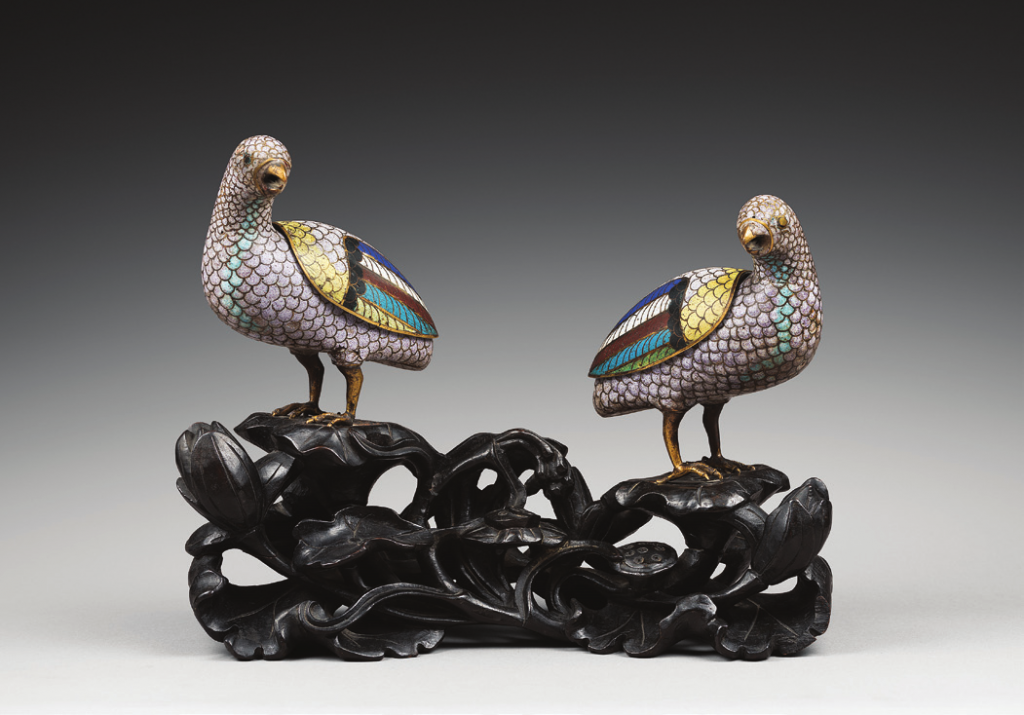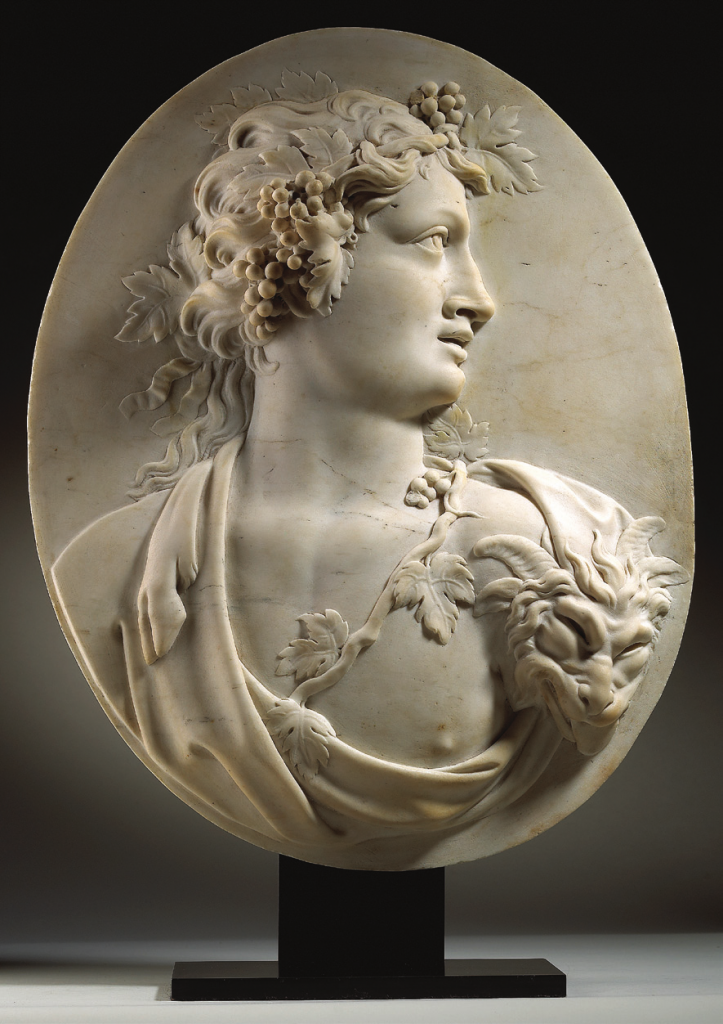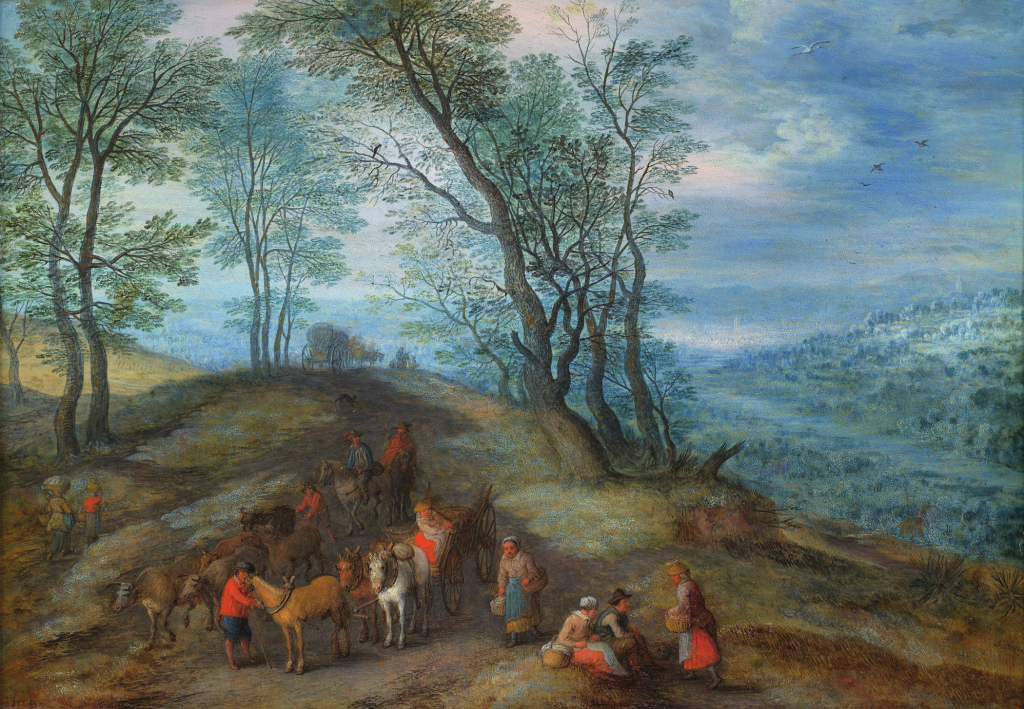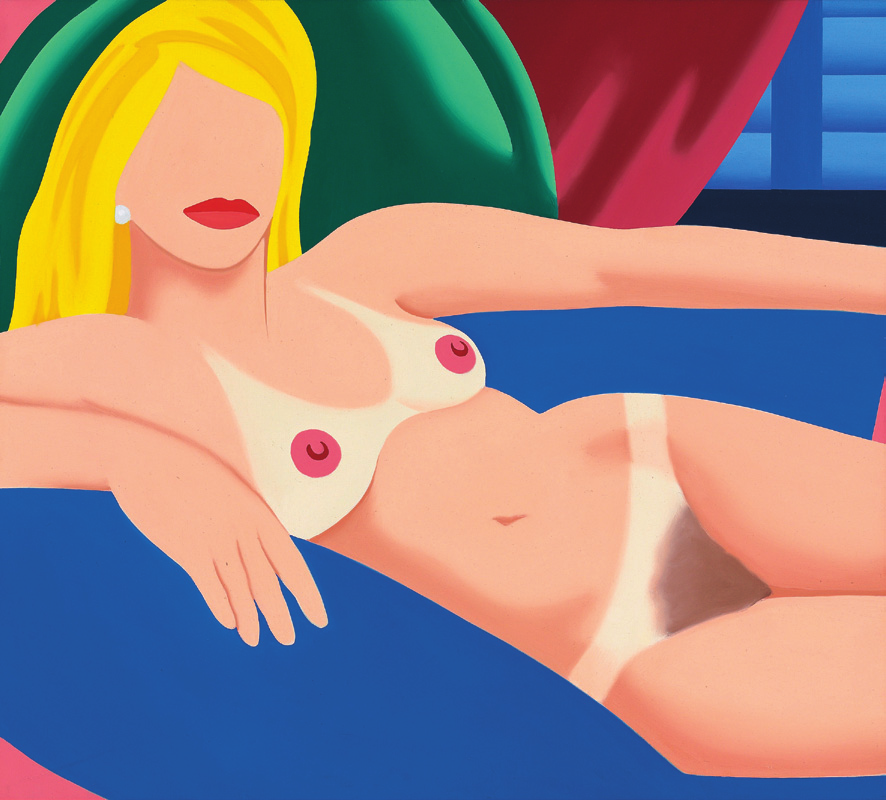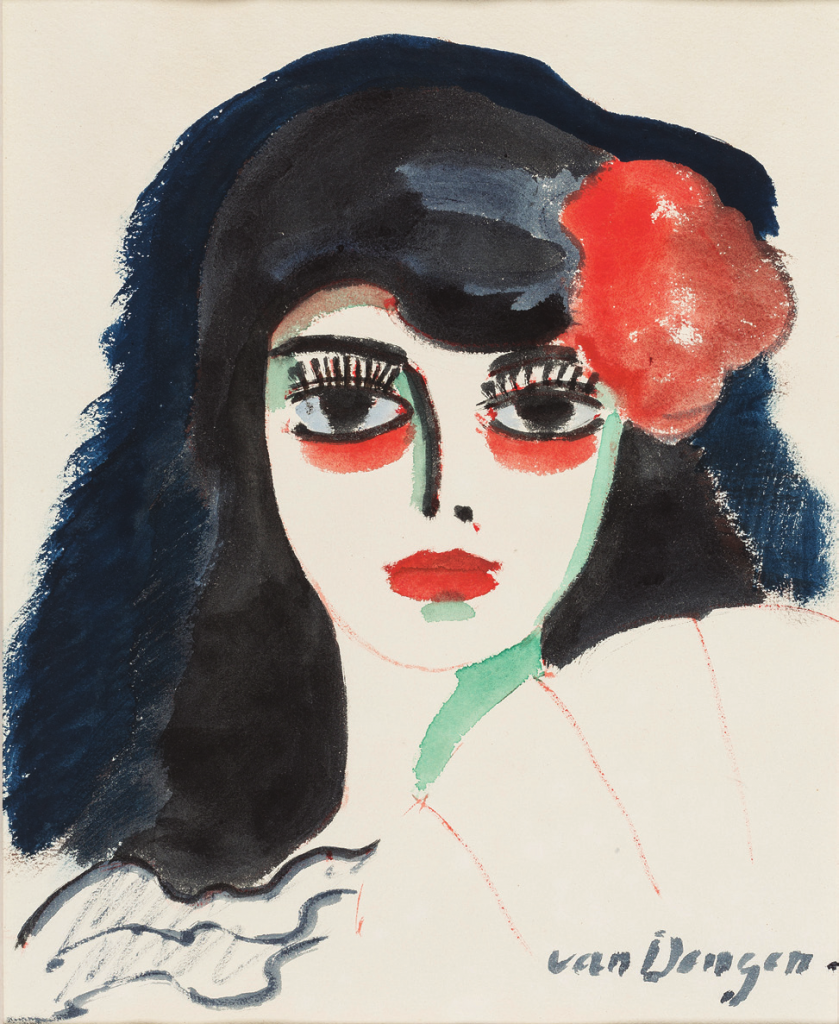Brafa
ART FAIRAs the first international art fair of the year, Brafa traditionally opens the calendar of major artistic events. Hence it is no exaggeration to say that each edition is eagerly awaited both by collectors and gallerists keen to discover or exhibit the latest acquisitions, in a context that is increasingly competitive and where the quest for rarity is the rule when it comes to the most venerable objects.
The main distinguishing feature of Brafa lies in its eclecticism and in its great openness to all forms of art. It encourages a diversity of genres, the latter being reflected notably in a free arrangement of stands where all specialities are mixed together and intersect so as to create unexpected dialogues along the visitors’ itinerary. This arrangement is the deliberate choice of its organizers. Harold t’Kint de Roodenbeke, President of Brafa, notes: “In a sense, Brafa presents itself as a giant art lover’s cabinet, blending with panache the different types of art. Brafa adopts the vision of the collector, who today seeks synergy among the different eras and styles, welcomes their intersection, is open to all cultures, and tends toward a form of unity within diversity. Mixity is part of our daily experience, our current way of life, and so it is natural that it is also reflected in our artistic tastes and choices.”
If Brafa’s offer is highly varied in its content, it is also diverse, tending to respond to specific expectations of the different profiles of art lovers to whom it is directed. Thus, museum conservators or established collectors can find there the specific work lacking in their collection, while the regular art lover can also be captivated by another, equally high-quality work of art. Whatever the segment of the art market, quality is the common denominator that links all the works on exhibit.
In order to guarantee a homogeneously high quality, around a hundred independent experts, gathered in the admission committees specific to each speciality, are tasked with examining all the objects in light of very precise criteria: authenticity, state of conservation, significance of the restoration, if any, precision of the descriptive label, provenance and history, scientific analyses where applicable, and the general interest of the work.
 The international Art Magazine
The international Art Magazine

